Skip The Crowds: 15 Reasons Istria Is Croatia’s Best-Kept Secret
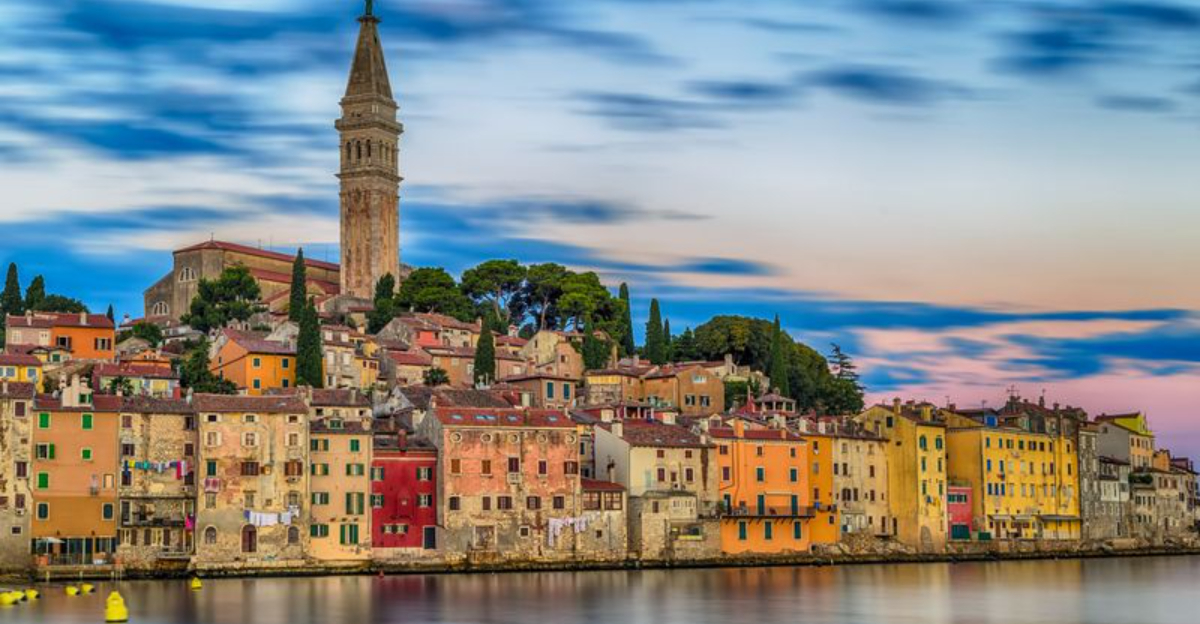
Tired of crowded Croatian hotspots? Then let me introduce you to Istria—a heart-shaped gem where the pace is slower, the wine flows freely, and every village tells a story.
Tucked in the country’s northwest corner, Istria feels like a blend of Tuscany and coastal Croatia, minus the chaos. One minute you’re exploring Roman amphitheaters, the next you’re dining on truffle pasta in a hilltop town with sweeping views.
It’s the kind of place that makes you forget to check your phone—and that’s saying something. Ready to discover the side of Croatia that locals keep to themselves?
1. Truffle Treasure Hunting
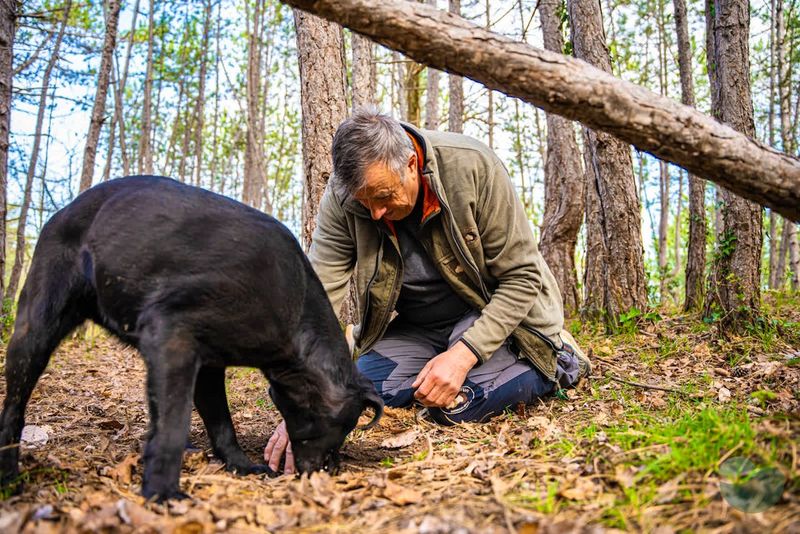
Hidden beneath Istria’s forests lies a culinary gold mine – some of the world’s finest truffles! Join local hunters and their trained dogs as they sniff out these prized fungi in the Motovun Forest.
I was amazed to discover that Istria’s white truffles can sell for thousands of euros per pound. Many local restaurants showcase these earthy delicacies in simple pasta dishes that let their unique flavor shine.
Autumn marks the peak truffle hunting season, but black truffles can be found year-round, making this a bucket-list experience whenever you visit.
2. Hilltop Medieval Towns

Perched dramatically atop rolling hills, Istria’s medieval towns look like something from a fairytale. Motovun’s massive stone walls offer sweeping views of vineyards and the Mirna River valley below.
Grožnjan, known as the town of artists, features narrow cobblestone streets lined with galleries and studios. Each summer, music fills the air during the jazz festival that transforms this sleepy village.
When visiting these towns, go early in the morning to avoid the midday heat and have the winding streets nearly to yourself – a true contrast to Croatia’s crowded coastal cities.
3. Olive Oil That Rivals Italy’s Best
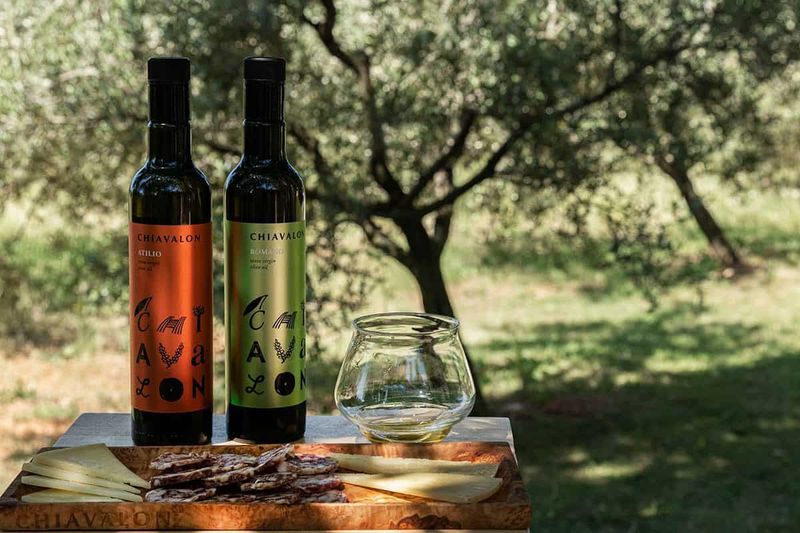
Did you know Istrian olive oil consistently ranks among the world’s finest? The peninsula’s microclimate creates perfect conditions for growing olives that produce exceptionally flavorful oil.
Many family-run estates welcome visitors for tastings where you’ll learn to detect the peppery finish that indicates high-quality extra virgin olive oil. Some trees in these groves are over 1,000 years old, still producing fruit!
Take home a bottle of liquid gold as the ultimate souvenir – just be sure to pack it carefully in your checked luggage. The distinct grassy, peppery flavor will transport you back to Istria with every drizzle.
4. Roman Ruins Without the Crowds

Standing inside Pula’s magnificent Roman amphitheater feels like stepping back 2,000 years – minus the tourist throngs you’d find at Rome’s Colosseum.
This remarkably preserved arena once hosted gladiator fights for up to 20,000 spectators. Today, it serves as a stunning venue for summer concerts and film festivals. Wandering through the underground chambers where animals and fighters once waited creates an eerie connection to the past.
Beyond the arena, Pula boasts numerous other Roman sites including the Temple of Augustus and a nearly intact floor mosaic depicting the myth of Punishment of Dirce – all explorable without fighting through crowds.
5. Secret Beaches Along the Coastline

While Croatia’s Dalmatian coast gets swarmed with summer visitors, Istria’s hidden coves remain blissfully peaceful. The crystal-clear waters of Cape Kamenjak at Istria’s southern tip offer dozens of secluded swimming spots accessible only by foot or bike.
For an unforgettable experience, seek out the “dinosaur footprints” near the cape’s beaches – actual fossilized tracks from these prehistoric creatures! Mulini Beach near Rovinj combines natural beauty with proximity to town amenities.
If you’re feeling adventurous, rent a kayak to discover your own private cove along the rugged coastline. The water visibility often exceeds 20 meters, making snorkeling incredible even from shore.
6. Venetian-Flavored Coastal Towns
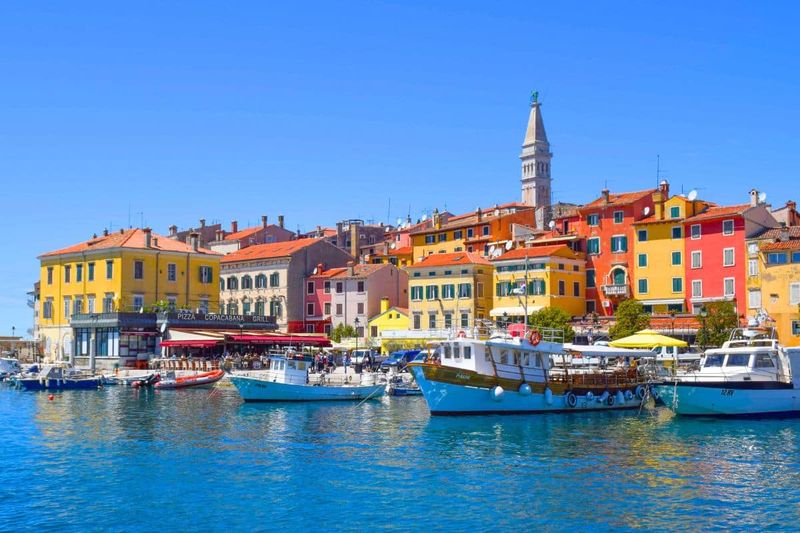
Rovinj feels more like a slice of Venice transplanted to Croatia than a typical coastal town. Its pastel-colored buildings rise directly from the sea, crowned by the baroque St. Euphemia Church whose bell tower dominates the skyline.
Narrow alleyways wind uphill, revealing artists’ workshops, cozy wine bars, and unexpected sea views. The Italian influence extends beyond architecture to the local dialect – many residents speak a Venetian-Croatian hybrid language.
Unlike Dubrovnik with its cruise ship crowds, Rovinj maintains its authentic fishing village charm. Early morning visits to the fish market reveal the day’s catch being sold directly from boats to local restaurants.
7. World-Class Wines You’ve Never Heard Of
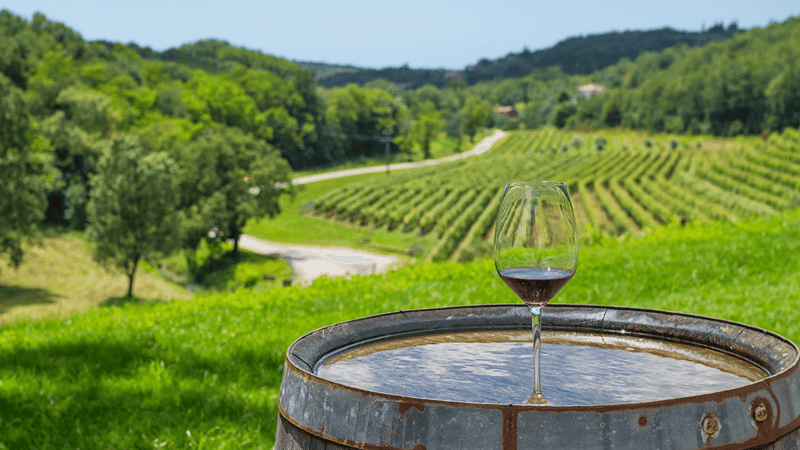
Malvazija and Teran – remember these names because they’re about to become your new favorite wines! Istria’s indigenous grape varieties produce distinctive wines that rarely make it to international markets.
Family-run wineries dot the countryside, many offering informal tastings in converted farmhouses. The limestone-rich soil gives these wines a unique mineral quality that pairs perfectly with local seafood and truffles.
Driving the wine roads through rolling hills feels like exploring Tuscany before it became famous. Most producers speak English and welcome visitors without appointments, though calling ahead ensures the best experience at smaller estates.
8. Brijuni Islands National Park
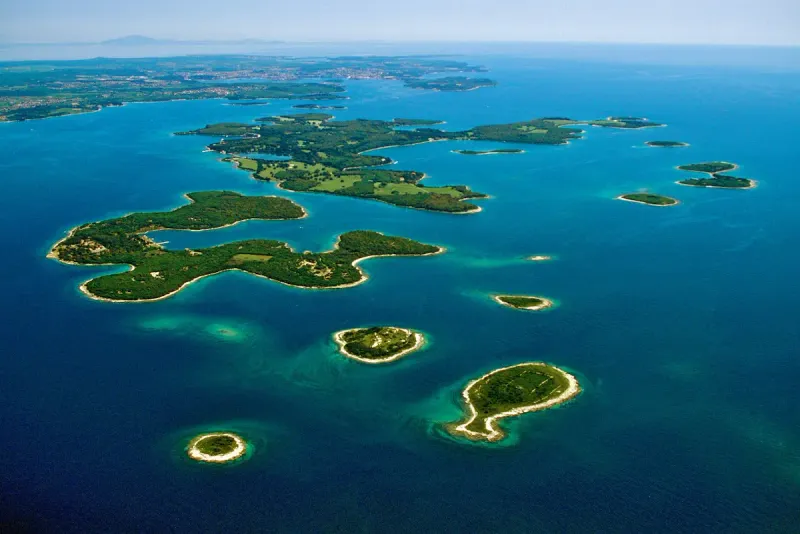
Once the summer residence of Yugoslavia’s President Tito, the Brijuni archipelago now offers visitors a fascinating mix of natural beauty and peculiar history.
Tito’s exotic animal collection has evolved into a safari park where deer, zebras, and elephants roam freely among Roman ruins. A short boat ride from Fažana brings you to this unusual island paradise. Golf enthusiasts can play on one of the oldest courses in Europe, established in 1922 and still maintaining its original layout.
Though technically a national park, Brijuni receives a fraction of the visitors that flock to Croatia’s famous Plitvice Lakes, meaning you can explore ancient olive groves and Byzantine ruins in relative solitude.
9. Farm-to-Table Dining Revolution
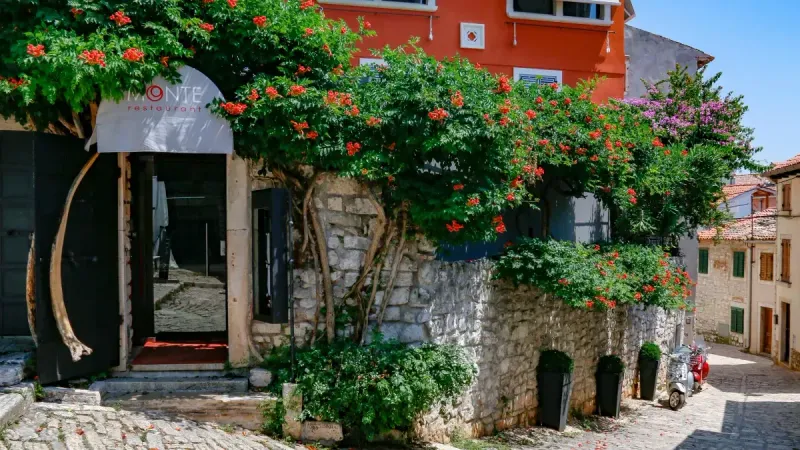
Istria pioneered Croatia’s farm-to-table movement long before it became trendy elsewhere. Traditional konobas (family-run taverns) serve homemade pasta, locally-raised meats, and vegetables picked hours before reaching your plate.
Many restaurants maintain their own gardens, olive groves, and vineyards. The region’s signature dish is fuži (handmade pasta twists) with truffle sauce – simple yet unforgettable. For an authentic experience, look for agritourism estates where you can dine at the farm that produced your meal.
These rustic venues often require reservations and serve fixed menus based on seasonal availability, creating dining memories that chain restaurants can’t match.
10. Cycling Paradise on Former Railways

Pedaling along the Parenzana trail feels like time travel through Istria’s most beautiful landscapes. This 78-mile former railway connected Trieste to Poreč, passing through tunnels, over bridges, and alongside vineyards.
Now converted to a cycling path, the gentle gradients make it accessible for riders of all abilities. Rental shops in major towns offer bikes and e-bikes, while local agencies can arrange luggage transfers for multi-day adventures.
Unlike Croatia’s coastal roads which can be narrow and busy with summer traffic, these dedicated cycling paths provide safe, scenic routes connecting medieval towns, wineries, and olive oil producers – perfect for guilt-free culinary exploration!
11. Affordable Luxury Accommodations
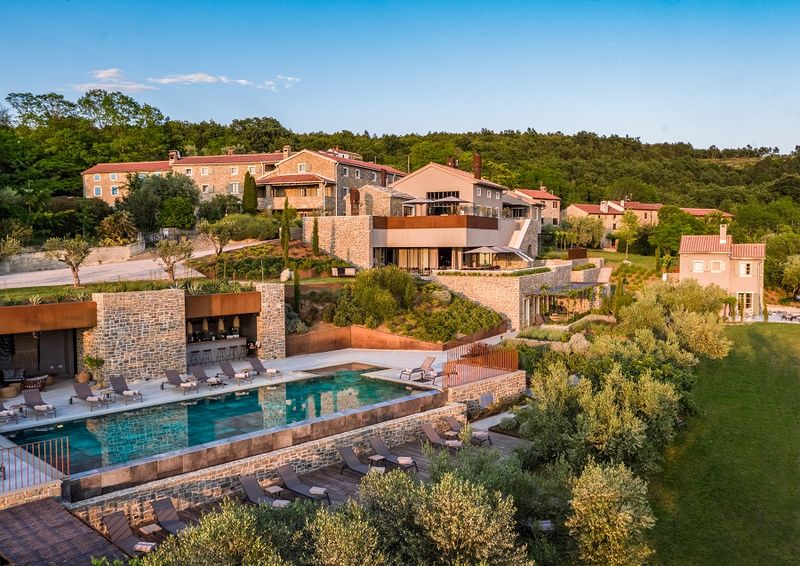
Your travel budget stretches remarkably further in Istria compared to Italy’s similar regions. Boutique hotels in converted stone houses offer charm and luxury at half the price of equivalent Tuscan properties.
For a truly unique stay, family-run rural homestays called “stancijas” combine traditional architecture with modern comforts. Many feature private pools overlooking vineyards and olive groves. Even five-star coastal resorts charge significantly less than their counterparts in France or Italy.
The shoulder seasons of May-June and September-October offer the best value while still providing warm weather for swimming and outdoor activities – plus even smaller crowds.
12. Underwater Archaeological Parks
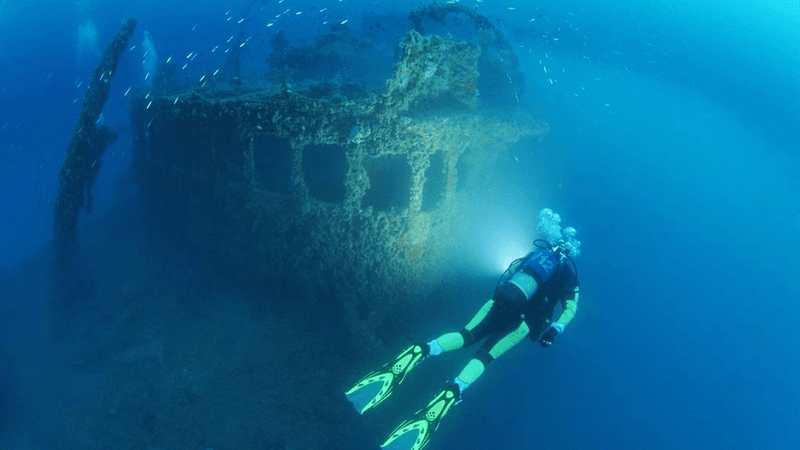
Beneath Istria’s crystal waters lie sunken treasures waiting for snorkelers and divers to discover them. The Baron Gautsch wreck near Rovinj is one of the Adriatic’s most impressive dive sites – an Austro-Hungarian passenger ship that sank in 1914.
History buffs will marvel at underwater archaeological parks featuring ancient Roman artifacts and amphorae from shipwrecks dating back thousands of years. Many dive centers offer specialized archaeological diving tours led by marine historians. Even casual snorkelers can spot remnants of the past in shallow waters near coastal towns.
The sea visibility regularly exceeds 20 meters during summer months, creating perfect conditions for underwater exploration without the crowds found at more famous Mediterranean dive destinations.
13. Healing Thermal Springs and Mud Baths
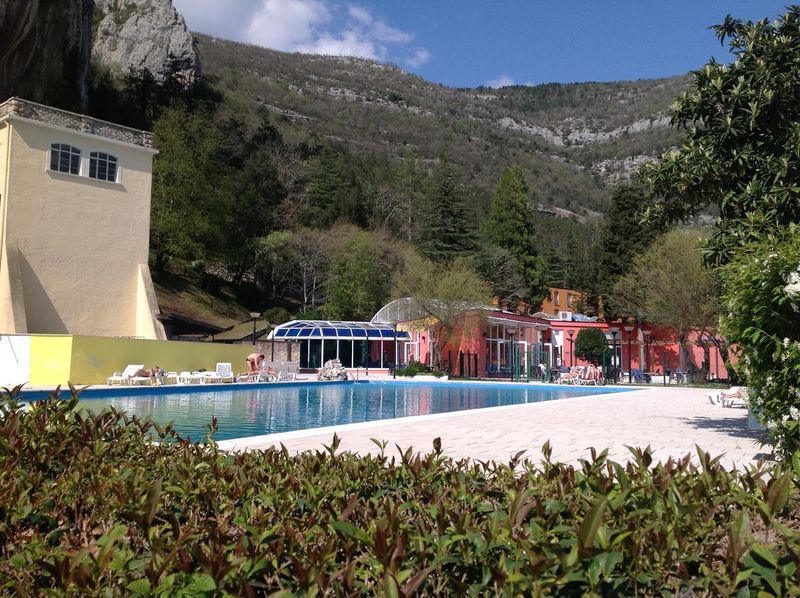
Istria’s therapeutic waters have attracted wellness seekers since Roman times. The natural springs in Istarske Toplice contain sulfur and other minerals believed to help with skin conditions and respiratory issues.
Less known than Hungary’s famous thermal baths, these healing waters offer a more intimate experience without tourist crowds. The mud from St. Stephen’s spring is particularly renowned for its therapeutic properties.
After a day of sightseeing, nothing beats soaking in 30°C mineral-rich waters surrounded by the dramatic landscape of the Mirna River valley. Many locals visit regularly as part of their health routine – always a good sign when evaluating authentic wellness experiences!
14. Authentic Festivals Throughout the Year

While summer brings predictable tourist events to Croatia’s coast, Istria maintains authentic celebrations connected to local traditions. The truffle festivals in autumn transform sleepy villages into culinary destinations where you can sample this prized ingredient in countless preparations.
Spring olive oil festivals let you taste the new season’s first pressing directly from producers. During grape harvest, many towns host open cellar days where winemakers welcome visitors to sample young wines still in production.
Unlike commercial events designed for tourists, these festivals remain primarily local celebrations where visitors are welcomed but not catered to with watered-down experiences. You’ll find yourself dining alongside locals, making for genuine cultural immersion.
15. Wild Asparagus Foraging Adventures
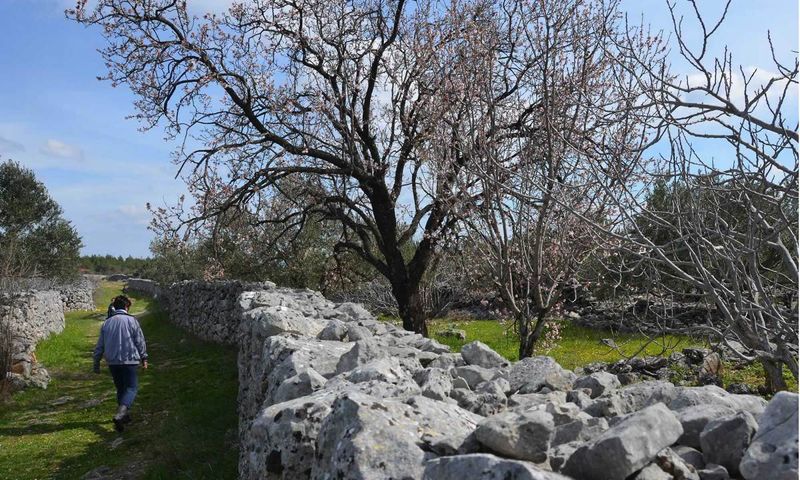
Spring transforms Istria into a forager’s paradise as wild asparagus sprouts throughout the countryside. Unlike their cultivated cousins, these pencil-thin stalks pack intense flavor that locals celebrate in seasonal dishes.
Many agritourism farms offer guided foraging walks where you’ll learn to spot these elusive vegetables hiding among other plants. The tradition of asparagus hunting runs deep in local culture – families have their secret spots passed down through generations.
After gathering your bounty, learn to prepare traditional fritaja – a simple scrambled egg dish that showcases the asparagus’ distinctive taste. This hands-on experience connects you with Istria’s seasonal rhythms in a way no restaurant meal can match.
